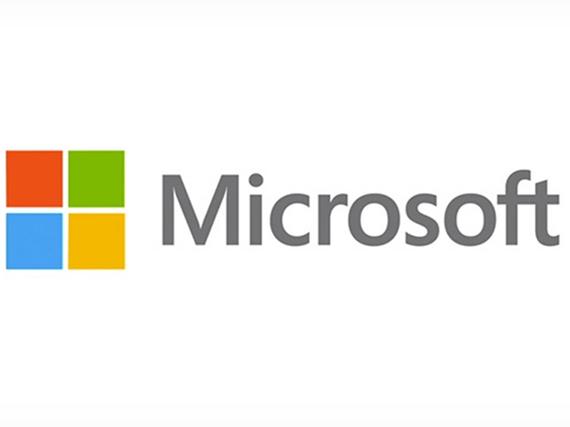As the world recovers from COVID-19, there’s a growing acceptance that business as usual cannot be as it was. EU ministers and others are making the case for a sustainable recovery and digital transformation will be a critical component of that. So how can your agency help clients innovate and create a business model that’s truly sustainable? These were the major takeaways from this week’s BIMA Webinar.
The discussion was led by Good-Loop co-founder (and co-chair of BIMA’s Sustainability Council) Amy Williams, with contributions from Ingrid Olmesdahl, Strategic Agency Partner Lead, Microsoft; Liam Snelling, Co-Founder and MD at Digital Detox; James Cannings, co-founder of MMT Digital (and co-chair of the Sustainability Council); Joe Hearty, Experience Design Director at R/GA and Dan Dexter, Director of Business Development at Kantar Sustainable Transformation Practice
Ingrid: We were facing a global challenge before COVID-19 arrived. Climate change, dwindling food supplies and mass extinctions represent a planet-sized challenge. Microsoft’s sustainability strategy includes a commitment not only to be carbon negative by 2030, but to have removed all the carbon Microsoft has ever generated (directly or indirectly) by 2050.
Making a real difference means empowering partners and customers, using the power of our technology to reduce their carbon footprint. One example of that is the Microsoft Sustainability Calculator which shows estimated emissions from Azure services.
Amy: The International Energy Agency has forecast that emissions could fall by 8% this year, a drop of over 2.5 billion tonnes of C02. It was only in January that Greta Thunberg told the WEC in Davos that emissions needed to stop. At the time, of course, that seemed impossible. And then, for completely different reasons, it happened. We’re actually doing it. This cloud has a green lining.
Dan: In terms of sustainability, we’ve identified eight questions that keep our clients awake:
When you turn this into a heatmap of what clients are actually talking about, these are the major issues:
Dan: Thinking specifically about COVID, now is the time to act. Now is the time for companies to build sustainability into their brands.
So there are positives in this pandemic. When Harvard Business Review looked at 100 companies following the last market crash in 2008 they saw that those set up for profit with purpose massively outperformed those set up for pure profit. That is surely the case now.
Joe: We’ve seen a huge enthusiasm, for example, for separating our paper from our plastic. But that same energy hasn’t translated to the way we consume content. Post-COVID we need to devote more time and energy to understanding the carbon footprint of digital, specifically:
Liam: Your impact as a company may be relatively small so your greatest impact can be with your clients. We worked with Vodafone and analysed the organisation’s carbon footprint based on its digital activity. Specifically, we looked at:
We made 25-30 recommendations with an associated carbon and cost saving and it was well received. If we can tie sustainability to business goals we can have a much greater impact.
James: Switching commutes for Zoom calls has reduced our carbon footprint by 40-50%. So beyond COVID we need to find the balance. We won’t stay like this, but we can’t just spring back to how it was. Without trying we’ll drop our footprint by 30% coming out of this.
Liam: The past few weeks have shown us that you really don’t have to do be working at clients’ sites to deliver what clients need. The new normal will be flexible, remote working. Face to face meetings will be rarer.
Joe: We’ll see longer-term gains if we change the way consumers interact with us. If we try to enforce larger change in a top-down way it’s unlikely to stick. But if we start at the ground and build up we’ll achieve something substantial.
Dan: Employees have shown just how adaptable they can be but post-COVID they’ll also be more demanding of an environment that works for them. As long as you’re achieving why shouldn’t employers give you that freedom? That should make individuals far more engaged. It’s an exciting place to be.
Amy: There’s a clear correlation between efficiency in digital and sustainability. A lot of the time sustainability is linked with saving on resources and time.
Liam: We’re switching things around so development – rather than design – comes first. Then we set the designers a sort of carbon budget. By establishing a ‘size’ for the site you already have a sustainability constraint. So you strip out some of the complexity and waste.
Joe: If you consider the mechanics of systems – the infinite scroll of Instagram images for example – these are the things we design without necessarily understanding the environmental impact. At the conceptual stage we need to be asking not only what a function means for the consumer, but what it means from a sustainability perspective. How will the image be coded? How will it be sent? How many times does the server need to be contacted etc?
Product-wise, Duconomy’s Black Card stops you spending once you’ve gone beyond your personal carbon limit. It’s not so much the number of people who use that specific card that’s important, but the fact that this is a new approach in a well-established industry that feels really compelling. It gives a bigger picture of how we exist on the plant.
James: We’ve just launched NetCarbonNegative.co.uk in conjunction with BIMA. It gives you a downloadable starter pack with a 5-step strategy to making a difference, with all the spreadsheets and calculators you need to help you model your footprint and start tracking.
Find out more about NetCarbonNegative.co.uk
This event forms part of our Microsoft Series which includes:
BIMA & Microsoft Masterclass – Future of Work – 19 May at 10.00am
BIMA and Microsoft Masterclass – Accessibility – 2 June at 10.00am
BIMA and Microsoft Webinar: Productising – Your New Revenue Stream – 10 June at 10am
BIMA and Microsoft Masterclass – Language – 16 June at 10am
